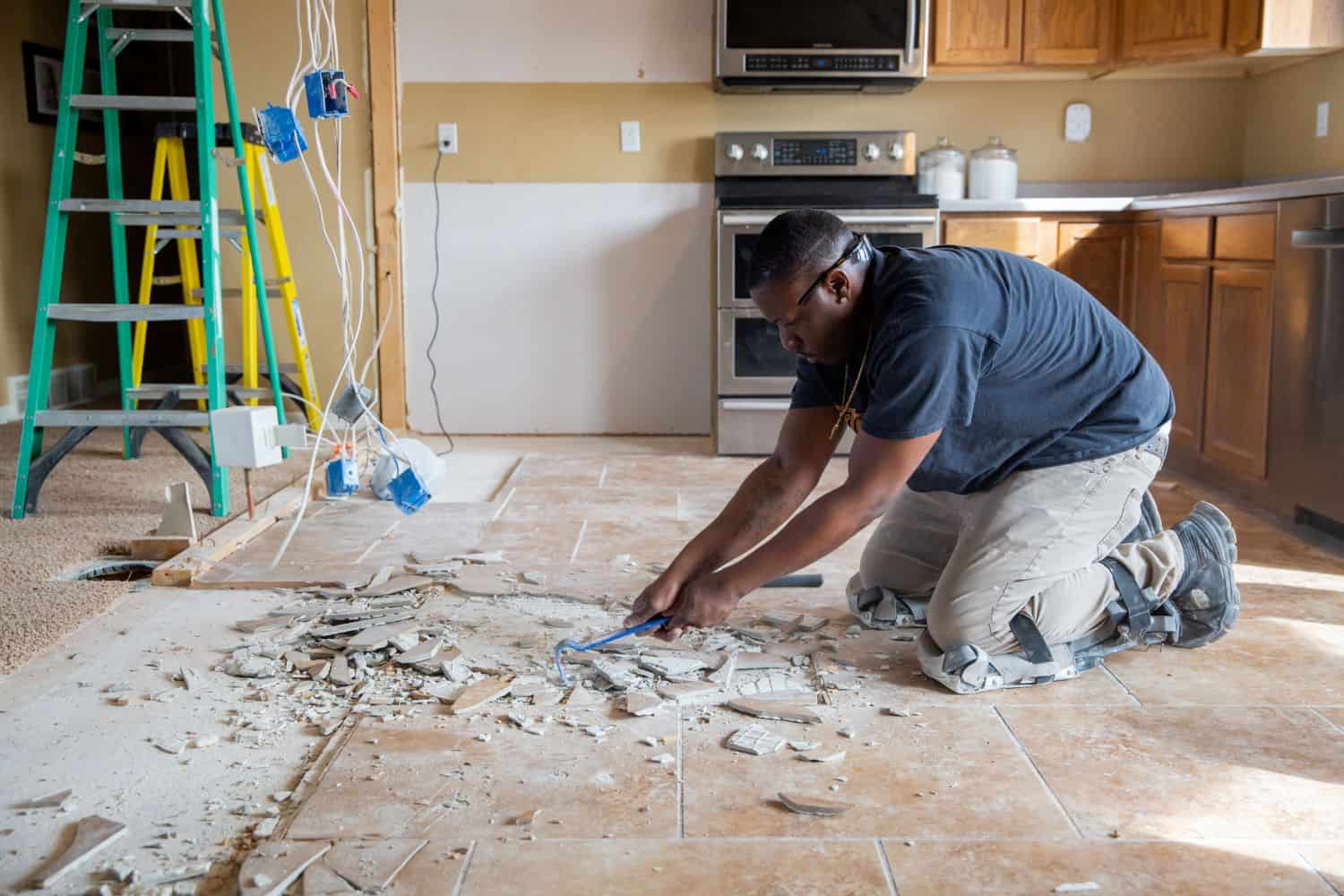You can pay for home renovations using a home loan or personal loan and what the renovations entail will determine which option you choose.

You have great plans to renovate your home, but now the next question is where will the money come from to pay for your big plan? Should you use your home loan or take out another loan?
Property is one of the most valuable assets you can own and therefore, many homeowners are looking for ways to maintain and upgrade their homes, whether it is to personalise their space, improve everyday functionality, or stay in step with modern décor trends.
But turning those home improvement dreams into reality often comes with an exorbitant price tag and the funds are not always readily available, Wendy Beaumont, executive for unsecured lending at Nedbank, says.
For those who need financial support to get started, there are two common options: personal loans and home loan refinancing, she says. But how do you know which route is suitable for your project, budget and long-term financial strategy?
Beaumont says you first have to understand your options.
ALSO READ: What you should know about loans
Understanding the options
A personal loan is typically an unsecured loan that has an assessed interest rate and term and ranges from 12 to 72 months. Approval is based largely on your credit score, income and expenses. The funds can usually be accessed fairly quickly.
By comparison, getting funding from your home loan may involve more steps, depending on the option you selected.
You can either apply for a further loan (which is new money borrowed against your property’s increased value and would require you to get a new bond) or a readvance that lets you reborrow funds you already repaid into your original bond.
Both options increase your loan but follow different processes. The bank will need to perform a credit assessment on you for both options.
ALSO READ: What you need to know about personal loans
Benefits and challenges of choosing a personal loan
A personal loan, on the other hand, is best suited for smaller-to-mid-sized projects, such as kitchen remodelling, new flooring, painting, new appliances, furniture, or adding a carport or garage.
Beaumont says it is also ideal for homeowners with lower home equity (the difference between your property value and the amount you still owe on your home loan) or who want to avoid refinancing their home loan and for home projects that require a quick turnaround where time is of the essence.
The application process is simple and speedy with no collateral required and the fixed payment schedule makes for easy budgeting, with predictable repayment schedules. However, she points out, borrowers with average credit scores attract higher interest rates due to their riskier credit profile.
Personal loans are typically capped based on income and other factors and monthly repayments may be higher due to shorter repayment periods.
ALSO READ: What to do if you start falling behind on your home loan
Pros and cons of refinancing a home loan
Refinancing, particularly through a further loan, is typically suited for larger projects, such as structural upgrades. However, a readvance can also be ideal for smaller projects when clients have extra funds in their home loan account from paying ahead, enabling faster access with competitive interest rates.
In contrast, Beaumont says, the processing times are longer as credit assessments and approvals can slow the process. Upfront fees are typically higher than for a personal loan and you may increase your total debt exposure and likely your repayment term.
Which option is more convenient?
Personal loans offer convenience with a quicker turnaround time due to no collateral validations and limited paperwork needed to be produced. Beaumont points out that they are a better fit if you want to avoid reworking your home loan, especially if you are on a fixed-rate loan with a great interest rate.
Getting funds from your home loan makes sense when your revised interest rate is reasonable and if you plan to stay in your home long enough to recoup the associated costs. Beaumont says it is a strategic move if you plan significant home upgrades and want to leverage your home’s value for long-term financial benefit.
ALSO READ: How to finance your home loan if you do not have a regular income
How to weigh up your options
“There is no one-size-fits-all answer when choosing between a personal loan and refinancing your home loan. It ultimately depends on your financial health, the size of your project and your long-term goals,” Beaumont says.
“Personal loans offer quick access to funds and a simpler application process, while refinancing your home taps into long-term value at lower rates. The key is to weigh short-term convenience against long-term cost and equity.”






